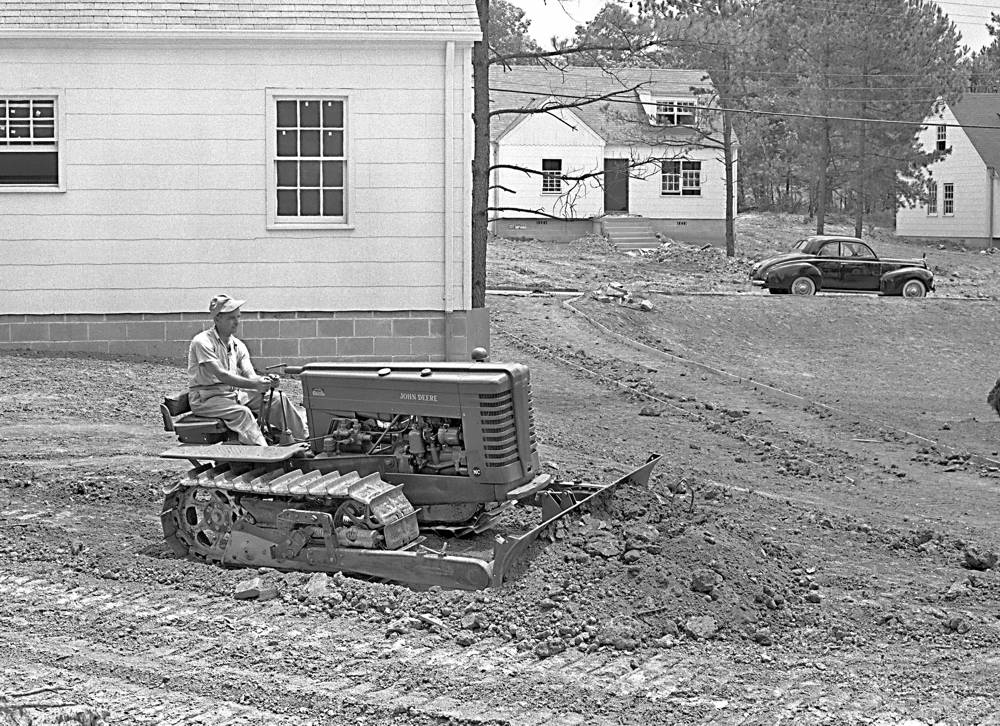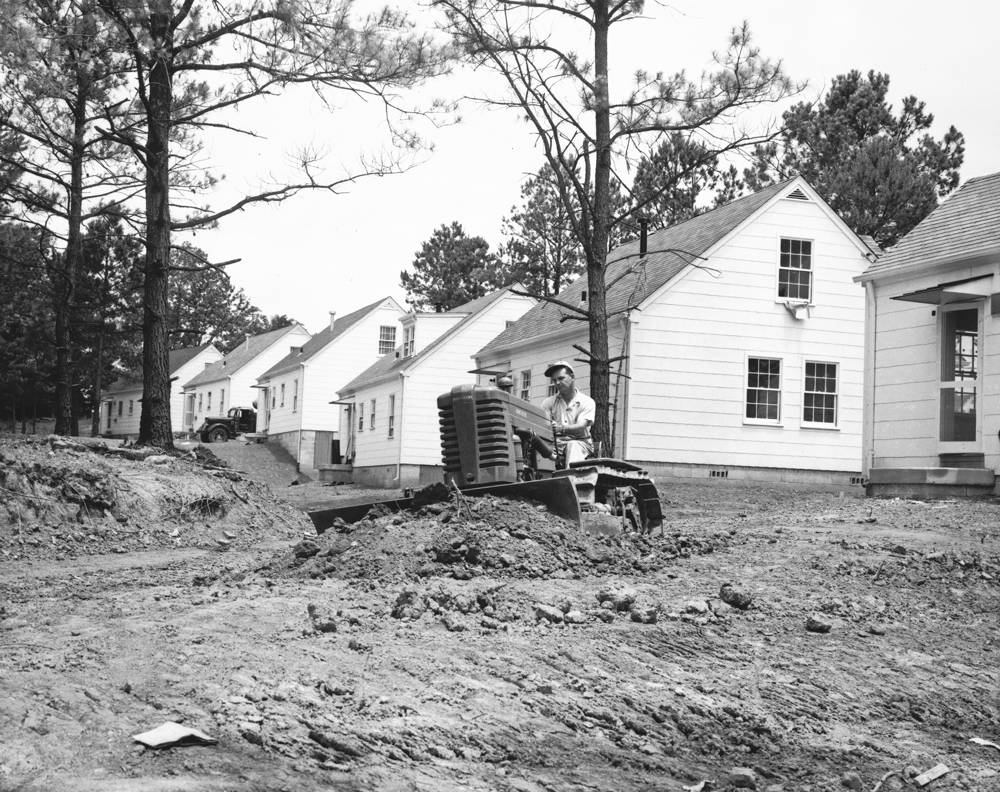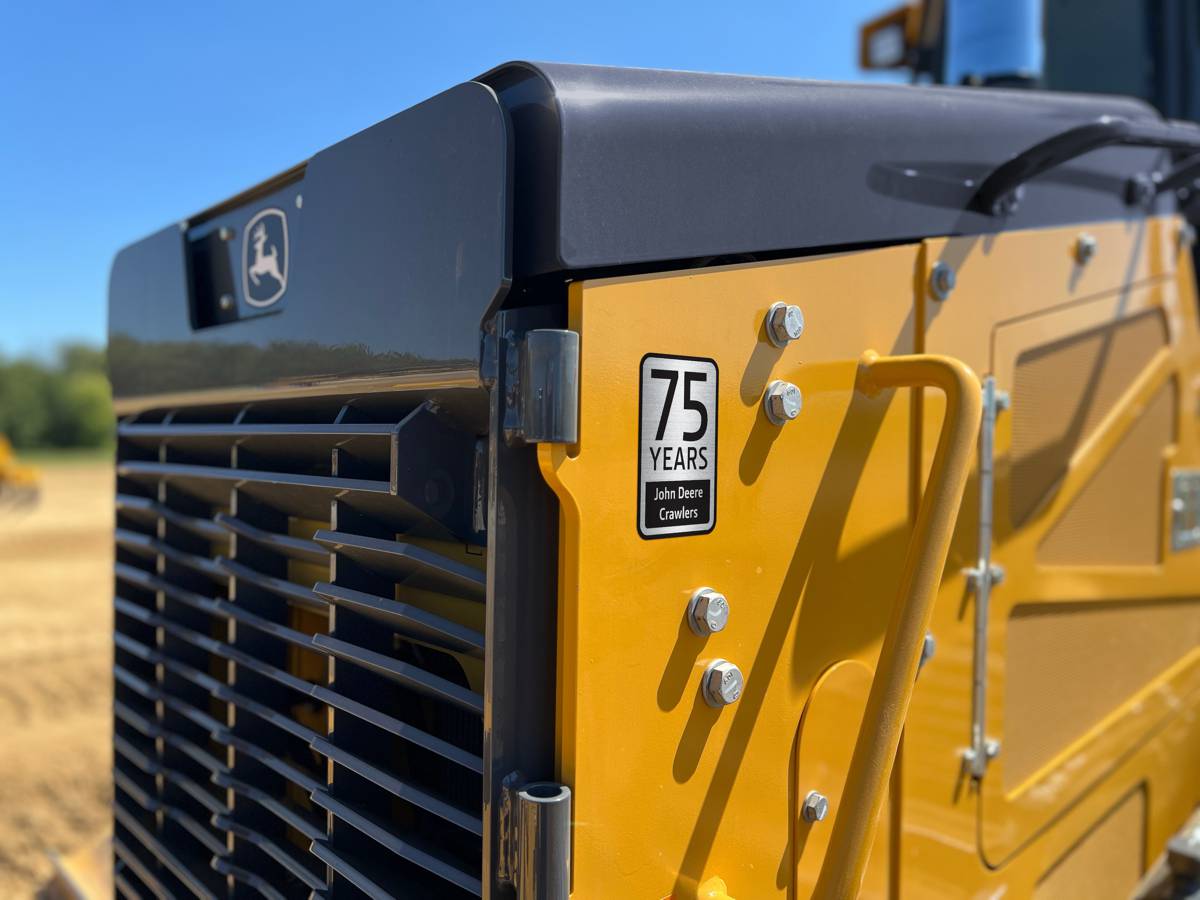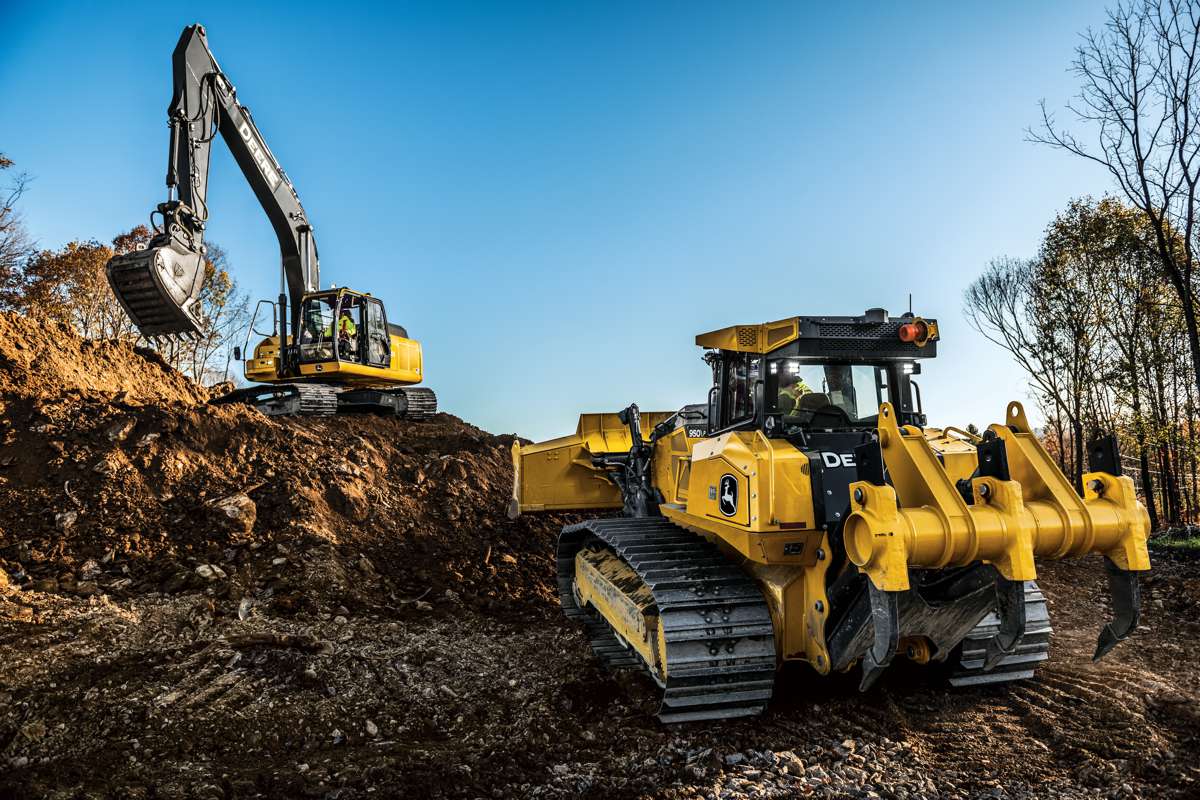John Deere Celebrates 75 Years of Dozer Innovation
In the world of construction, few names carry the weight and legacy of John Deere, particularly when it comes to their iconic dozers. As 2024 marks John Deere’s 75th anniversary in the dozer market, it’s a fitting moment to look back on the remarkable journey and forward to the future of innovation that continues to shape job sites worldwide.
Since the company’s debut in the dozer industry in 1949, John Deere has been relentlessly driven by one thing: meeting customer needs with reliability, efficiency, and cutting-edge technology.
But this isn’t just about celebrating history. It’s about recognising a track record of engineering feats that pushed boundaries and set new standards in the industry, all thanks to John Deere’s ongoing commitment to listen and respond to those at the heart of the job—its customers.

Defining Milestones in Dozer Development
From pioneering early crawler models to integrating smart technologies that make modern construction smarter, John Deere’s journey is rich with milestones.
Each of these advancements wasn’t just an achievement for the company; it shaped the very fabric of construction practices worldwide.
The Early Years and the Start of Something Big (1949-1970s)
1949 – It all began in Dubuque, Iowa, where John Deere launched the MC Dozer, marking its official entry into the dozer market. While early models were relatively simple compared to today’s tech-packed machines, they set a foundation of rugged reliability that would only grow stronger with each iteration.
1958 – The 440 Crawler Dozer hit the scene as the first all-yellow machine, a standout for its distinctive colour and, more importantly, its technological advancements. Boasting an all-hydraulic system with a six-way power-angle-tilt (PAT) blade, it led the way as the first hydraulic bulldozer of its kind, paving the path for greater control and precision on the job site.
1965 – In the mid-sixties, John Deere introduced T-Bar blade controls, allowing operators more precise manoeuvring capabilities. With the release of the JD350 and JD450 crawlers, Deere also began categorising machines with model numbers specific to industrial applications, distinguishing dozers from loaders and establishing a clearer market focus.
The Push for Precision in the Hydrostatic Era (1970s-1990s)
1976 – Breaking new ground again, John Deere became the first North American manufacturer to implement dual-path hydrostatic drives. This addition offered smoother, more responsive control for operators, particularly useful for navigating challenging terrains—a game-changer in job site versatility.
1988 – The G-series models, including the 400G, 450G, 550G, and 650G, introduced full powershift transmissions. With four forward and four reverse speeds, these machines boosted operator efficiency, allowing swift adjustments to changing job site needs without losing valuable time.
1999 – The legacy of dual-path hydrostatic drive saw continued evolution with the H-series. Models like the 450H, 550H, and 650H dozers further refined this feature, adding new levels of manoeuvrability and durability that became a standard in Deere’s fleet.
Building Bigger, Better, and Smarter (2000s-2010s)
2001 – Raising the stakes, John Deere launched its largest dozer, the 1050C. With sheer power and heavy-duty construction, it set a precedent for large-scale dozing capabilities, which would ultimately inspire innovations seen today in the 1050 P-Tier.
2010 – In a move that would reshape job site productivity, Deere introduced the 764 High-Speed Dozer, a new form factor capable of reaching up to 16 mph. This “dozer on wheels” saved time in site-to-site transitions, a significant efficiency booster for contractors looking to stay competitive.
Tech Takes the Lead with the SmartGrade Revolution (2016-Today)
The last decade has ushered in a wave of digital innovations, embedding smart technology within machinery for unprecedented precision and productivity. With John Deere at the forefront, these enhancements reflect a clear response to modern job site demands: more efficiency, reduced manual labour, and safer operations.
2016 – Enter SmartGrade™, Deere’s factory-integrated 3D grade control technology. Debuting on the 700K, this tech enabled operators to achieve precise grading without external grade control systems, significantly streamlining job site processes. Now, SmartGrade is available across more than 20 models, each designed to minimise operator workload and maximise accuracy.
2017 – Not to be outdone, Deere unveiled the 950K with SmartGrade, the largest PAT blade configuration available at the time. Designed for heavy-duty tasks, this innovation embodied the powerful performance Deere’s dozer line is known for, bolstered by the latest in control and automation.
2021 – Recognising the importance of operator comfort, Deere introduced a suspended double-bogie undercarriage on the 1050K. Reducing peak vibrations by up to 75%, this enhancement helped alleviate the strain of long working hours in rough conditions, underscoring Deere’s dedication to job site safety and operator well-being.
2023-2024 – In its most recent advancements, Deere added the EZGrade feature, which provides automatic blade correction, and an upgraded JD14 engine in the 1050 P-Tier, further improving efficiency and power. Additionally, Deere expanded its Next Generation SmartGrade offerings with compatibility for Topcon and Leica systems, adding flexibility and choice for today’s tech-savvy operators.

Listening and Evolving with the Market
From the early years in Dubuque to the present day, Deere’s engineering success has been guided by continuous customer feedback. Each innovation speaks to a challenge solved, a problem addressed, or a suggestion incorporated. This collaborative spirit remains at the heart of Deere’s approach, as Matt Costello, product marketing manager for Deere’s dozers, notes, “This important 75-year milestone of dozer manufacturing recognises the tremendous teamwork of everyone involved including our factory teams, engineers, and our dealers that support our customers every day.”
Looking ahead, Deere’s customer-driven philosophy continues to push the company to adapt and respond, ensuring their dozers remain invaluable tools in an industry that demands nothing less.

A Legacy That’s Still Going Strong
As John Deere celebrates its 75th year of dozer innovation, one thing’s clear—this is only the beginning. The commemorative decal gracing the dozers built in 2024 and 2025 is more than just a badge; it’s a testament to a legacy of progress and a promise to keep pushing forward.
For an industry that thrives on powerful, reliable tools, Deere’s commitment to excellence ensures it’ll remain at the forefront of construction innovation for years to come.





















